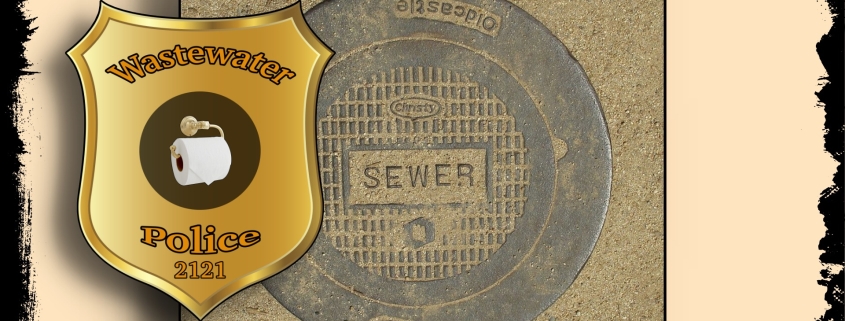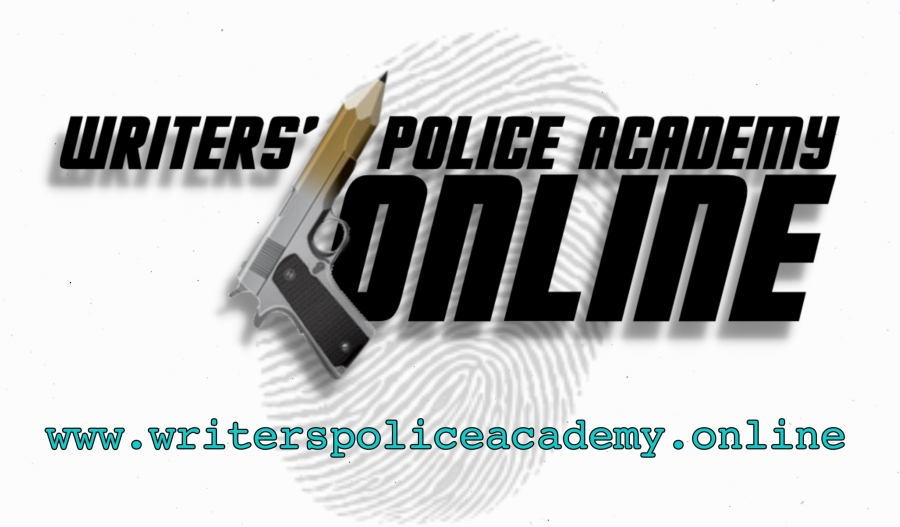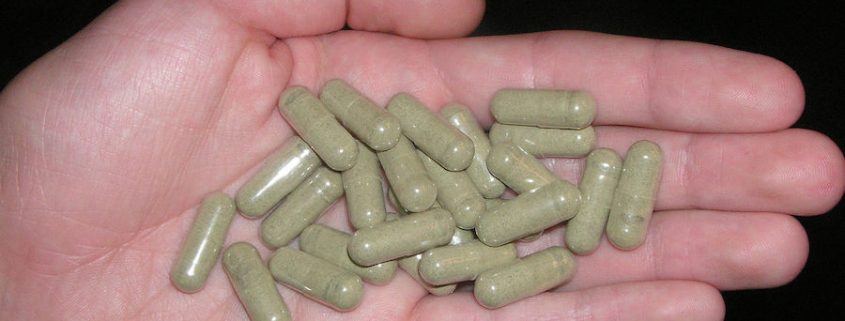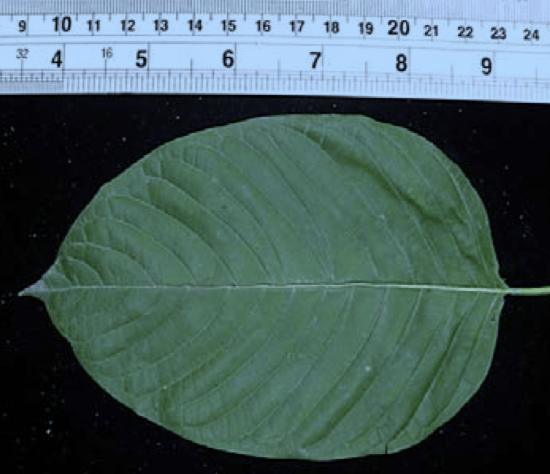Sewage. Now there’s a topic that typically wouldn’t pop up during intimate dinner tête-à-têtes, nor would we expect to hear grandparents, cousins, and aunts and uncles discussing it at a family holiday party. And it is not a subject that’s often, if ever, found among the paragraphs of a crime novel.
However, sewage, aka wastewater, has a role to play in combatting substance abuse, a subject of significant importance that’s often the center of conversations since it affects the lives of so many. So maybe a discussion or two about the benefits of wastewater might be a good idea.
And, since drug use and abuse is sometimes featured in fiction, perhaps it’s also time for writers to add sewage to their research pipeline as a means to help flush out sticky plot points.
Therefore, to help get the creative flow started, it’s time everyone to meet Sammy Sewage of the Wastewater Police Department (WPD).
Sewage, the New Undercover Narcotics Agent

Like Agent Sammy, law enforcement officers in all cities, towns, and counties are familiar with the obvious and well-known areas of their jurisdictions where drug abuse and sales are prominent, and they respond appropriately with extra patrols, undercover operations, arrests, etc. Additionally, knowing where problems exist allows officials and community services to establish and provide support and prevention services for residents.
But what about the areas where illegal drug activity is not evident? These are often the locations where there’s very little crime, if any, and as a result police presence is often minimal, on an as-needed basis. Without police on-hand to spot the issues they often go undetected until something serious occurs, such as a death by overdose. In these areas of veiled drug abuse, structured community assistance for the users and addicts is often nonexistent. Once those zones are identified, though, prevention efforts may then be implemented within those areas. The issue at hand is how to discover these unknown trouble spots.
Therefore, some municipalities are turning to an unlikely colleague to help sort out the drug problem in their areas—sewage. Yes, good old number one and number two are the latest crime-fighting duo.
By testing sewage samples collected from various wastewater substations, authorities can detect cocaine and opioid use, as well as other drugs such as fentanyl and methamphetamine. Even the presence of nicotine can be detected. In addition, test results indicating a heavy presence of Narcan consumption is a strong indication that more people are overdosing than what is known and reported by responding EMS services.
Based on the data derived from sewage monitoring, officials can implement public health intervention programs in the areas where they’re most needed. The information is also used to inform citizens about the importance of proper disposal of medications. Flushing medications down the drain is not a method that should be used by anyone.
It’s possible to differentiate between drugs that were flushed and those that were ingested.
Wastewater treatment plants do a wonderful job of filtering sewage. In fact, they’re so good at their job that once all the “stuff” is removed the leftover liquid is so thoroughly processed, cleaned, and sterilized that it’s suitable for releasing into waterways, or usable as drinking water.
However, what these plants cannot do is remove 100% of the prescription drugs that are placed into toilets and flushed. Some of these medications, such as steroids, hormones, and antidepressants, cause serious reproductive problems when aquatic animals consume them. In addition, some of the filtered and treated water that still contains those chemicals could make it into drinking water.
A 2020 study of wastewater testing conducted by Mathematica and researchers at Montana State University (MSU) showed the effects on Montana communities after major raids and drug seizures by police, and the results were clear. After a large drug bust the levels of drugs, such as cocaine and heroin, substantially decreased in the wastewater. Fewer drugs available = fewer drugs consumed.
In addition, researchers were also able to compare levels of certain drugs detected in wastewater with the amounts of the same drugs sold in area pharmacies. The testing showed a much higher level in wastewater than the total sold by pharmacies; thus, indicating the extent of black-market drug sales and abuse in the areas tested.
Regular testing provides data on seasonality of drug use, and which drugs are most frequently used in specific areas.
Did You Know?
Examining human waste in public wastewater systems played a large role in determining and monitoring the presence of COVID-19 virus, and at what level for each area of a municipality. Those test results helped officials determine the COVID “hotspots,” enabling them to best position COVID testing sites and vaccination locations.
NEW, FROM WRITERS’ POLICE ACADEMY ONLINE
DIGITAL PUBLISHING ACADEMY

Are you interested in entering the world of digital publishing but don’t know where or how to begin? Well, I’m pleased to announce and offer an exciting Writers’ Police Academy Online course—Digital Publishing Academy. This class is a unique opportunity for writers to learn from and chat with a top industry professional, Commissioning Editor Susannah Hamilton of Bookouture, a division of Hachette UK. So, if you’ve wanted a foot in the door to a leading publisher, here’s your chance!
About the Course
Digital Publishing Academy
Date: June 24, 2023
Time: 1:00 – 2:30 p.m. EST
Registration: $15
Bookouture Editor Susannah Hamilton will talk about all things digital publishing, including what works well in digital, a look at the different stages of editing, and a brief foray into crime and thriller genre nuances for the digital market. Susannah will also give a brief overview of how Bookouture, a division of Hachette UK, works for its authors. There will be a Q&A at the end.
Click the link below to reserve your spot!
About Susannah Hamilton
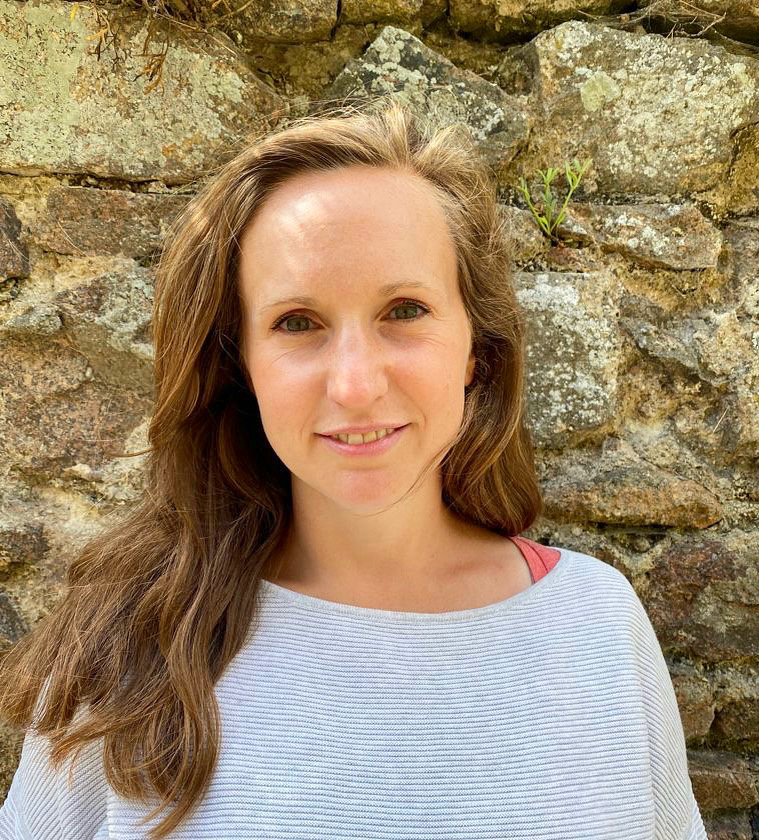
Commissioning Editor Susannah Hamilton has over ten years of experience in the industry, and joined Bookouture in November 2021. Susannah’s list includes Kindle top 100 bestselling authors, such as Casey Kelleher, Elisabeth Carpenter and Amanda Lees, who have reached the charts in both the UK and the US. Susannah manages every element of the publishing strategy and process for her authors, supporting them every step of the way.
About Bookouture
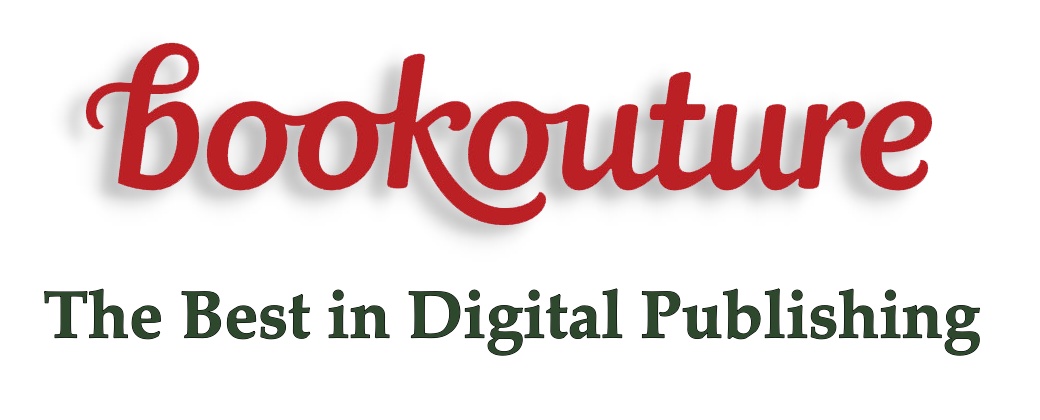
We are a dynamic digital publisher of bestselling commercial fiction and a division of Hachette UK. We also publish commercial non-fiction under our Thread imprint.
Our unique publishing model and transformative campaigns have created unrivalled international author brands. We connect stories, authors and readers globally, publishing books that reflect the diversity of the societies we live in.
Our submissions are always open as we believe that everyone should have the opportunity to share their story. Over 60 million copies sold worldwide.
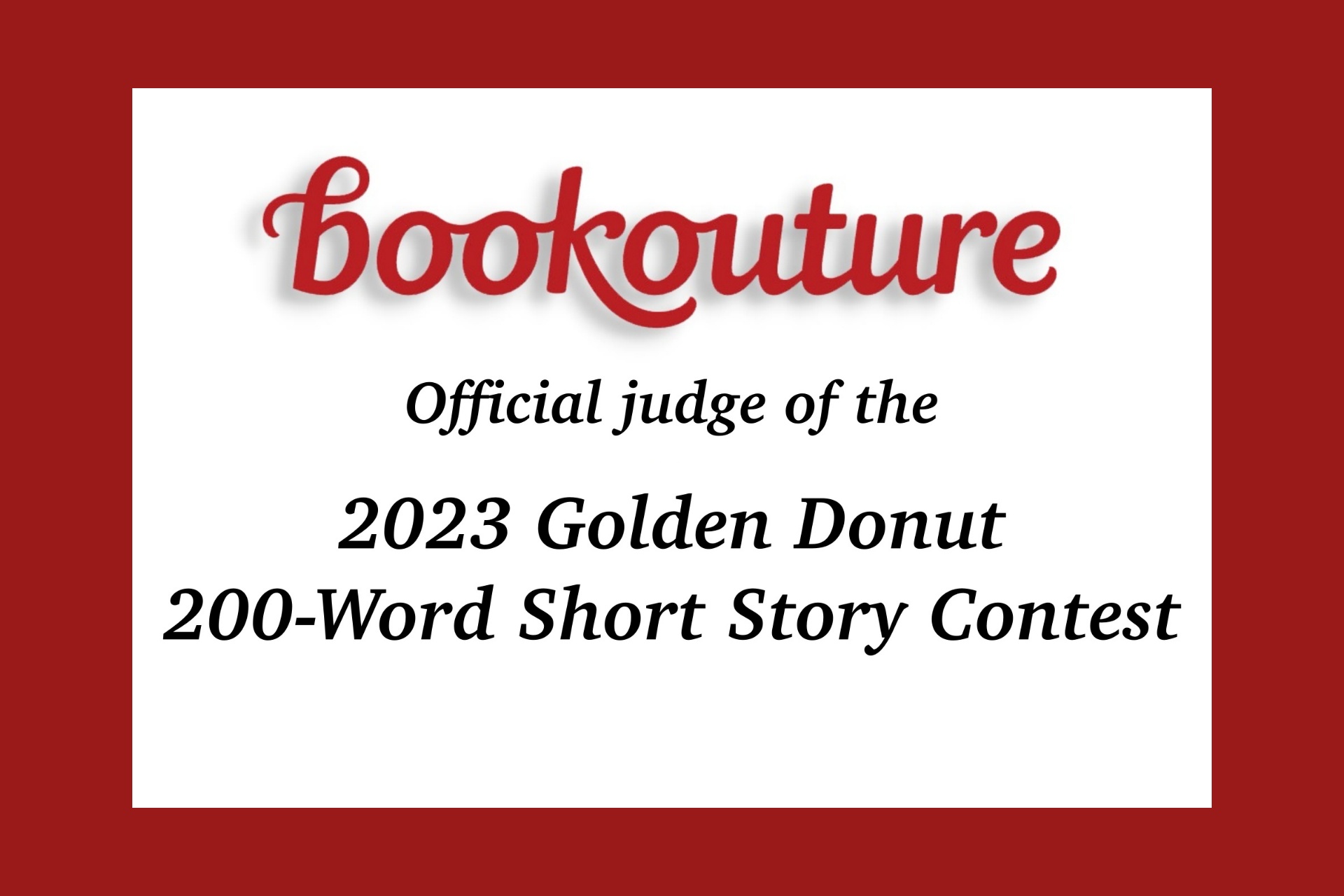
Here’s another fantastic opportunity to get your writing in front of a top publisher! Yes, Bookouture is the official judge of the 2023 Writers’ Police Academy’s Golden Donut 200-word Short Story Contest.
So sharpen your pencils and fire up the computers. It’s time to put your imaginations to work.
The contest rules are simple. Write a story about the photograph below using exactly 200 words, including the title. Each story needs an original title, and the image must be the main subject of the story. No clues as to the subject matter of the image or where it was taken. You decide. Let your imagination run wild. Remember though, what you see in the image absolutely must be the main subject of your tale.
Contest winner receives the Golden Donut Trophy!


